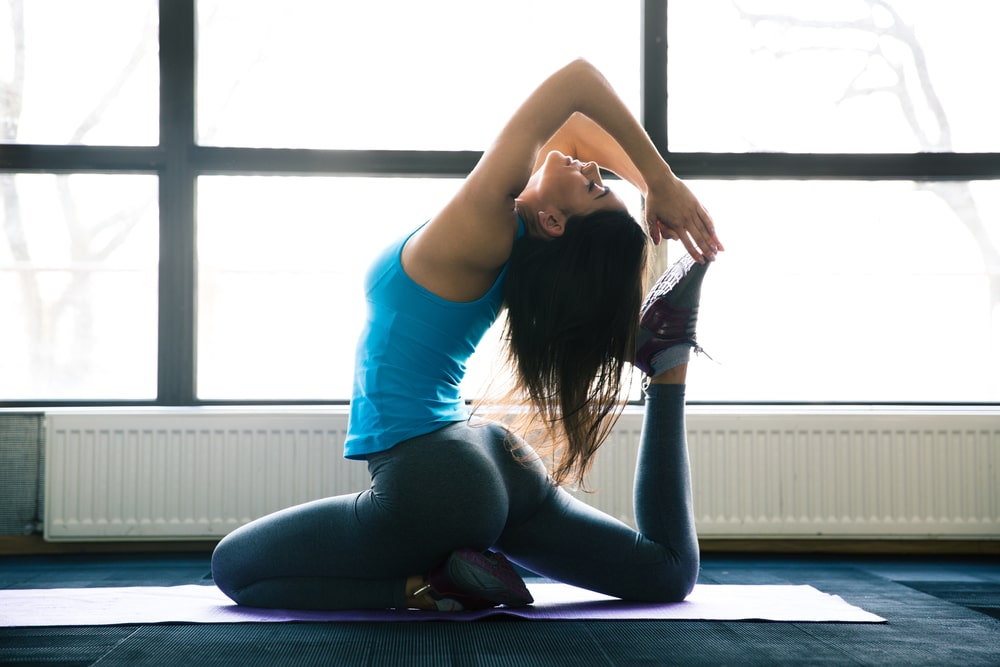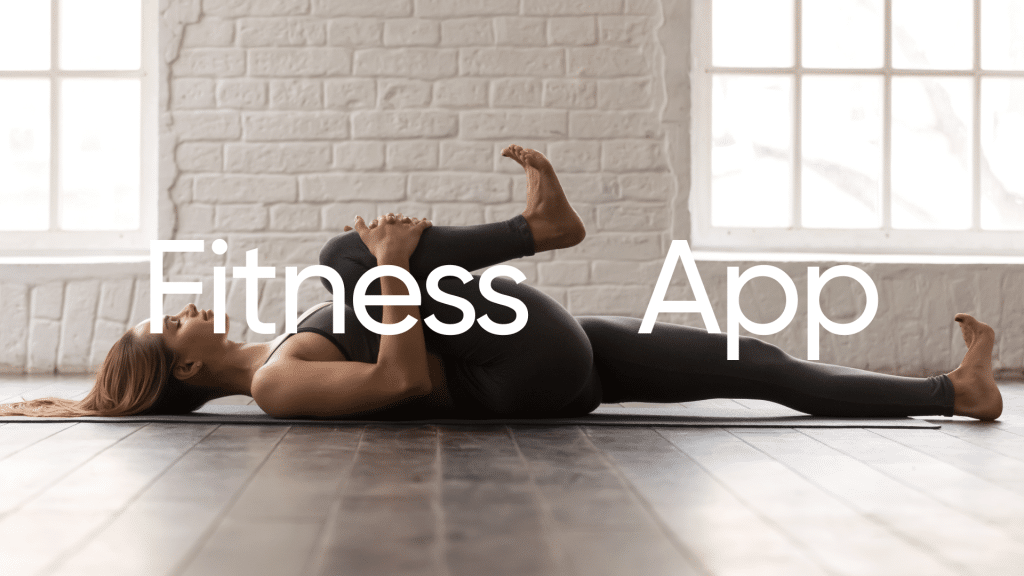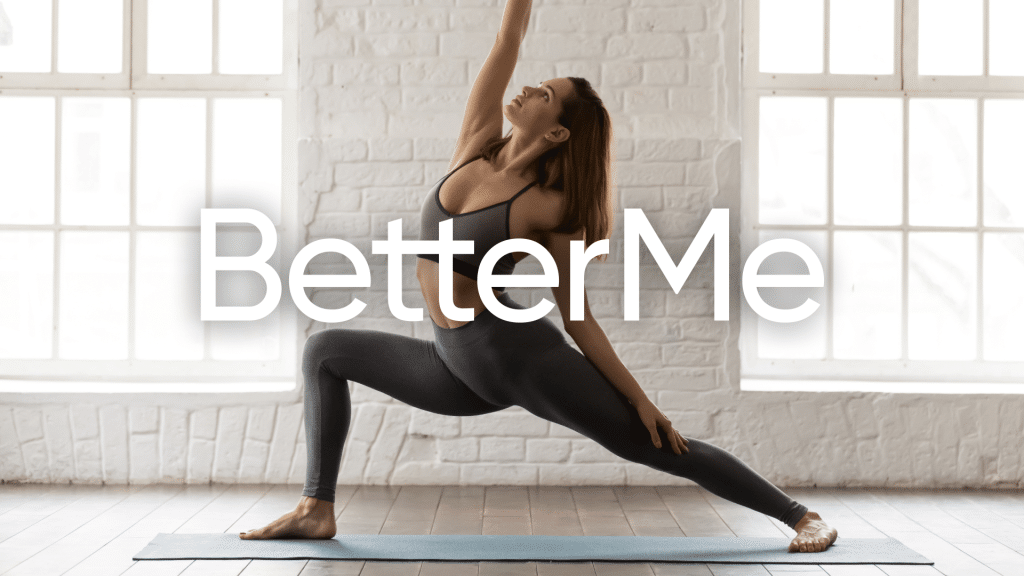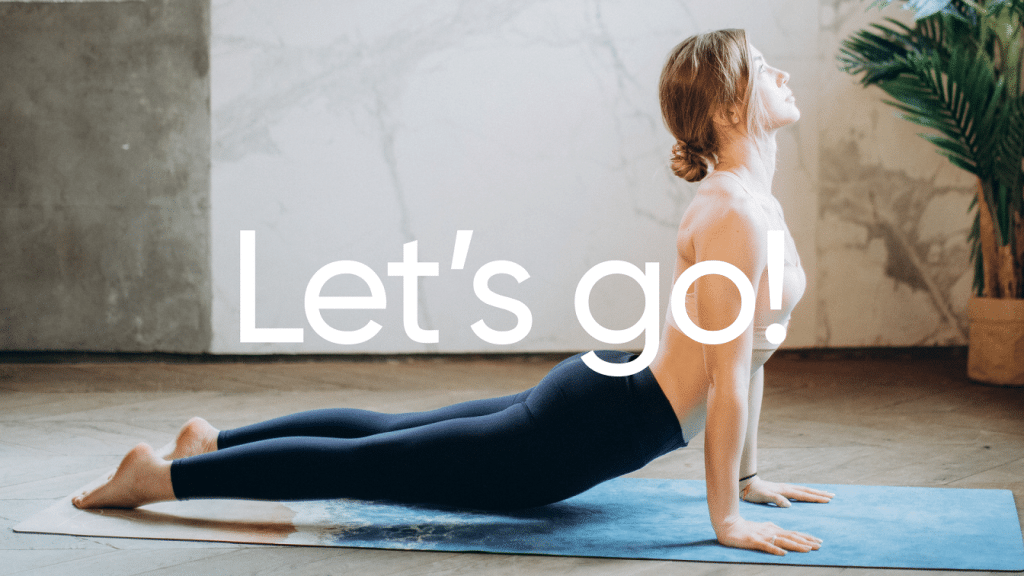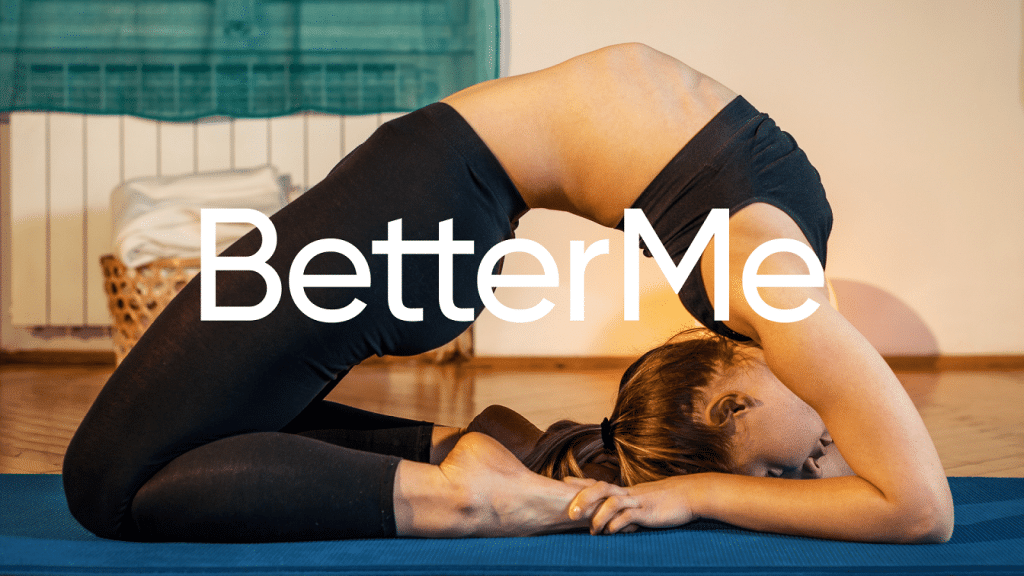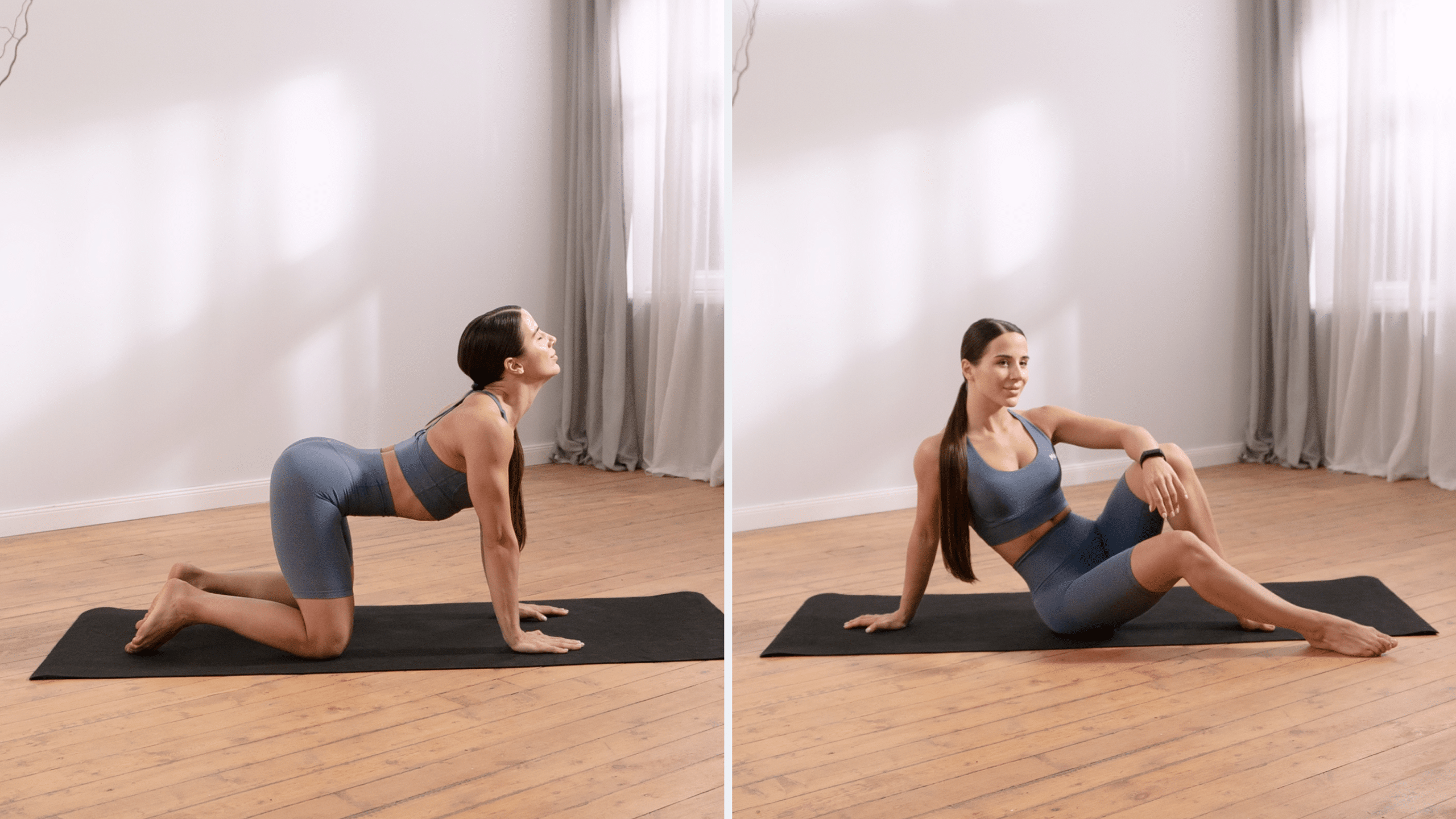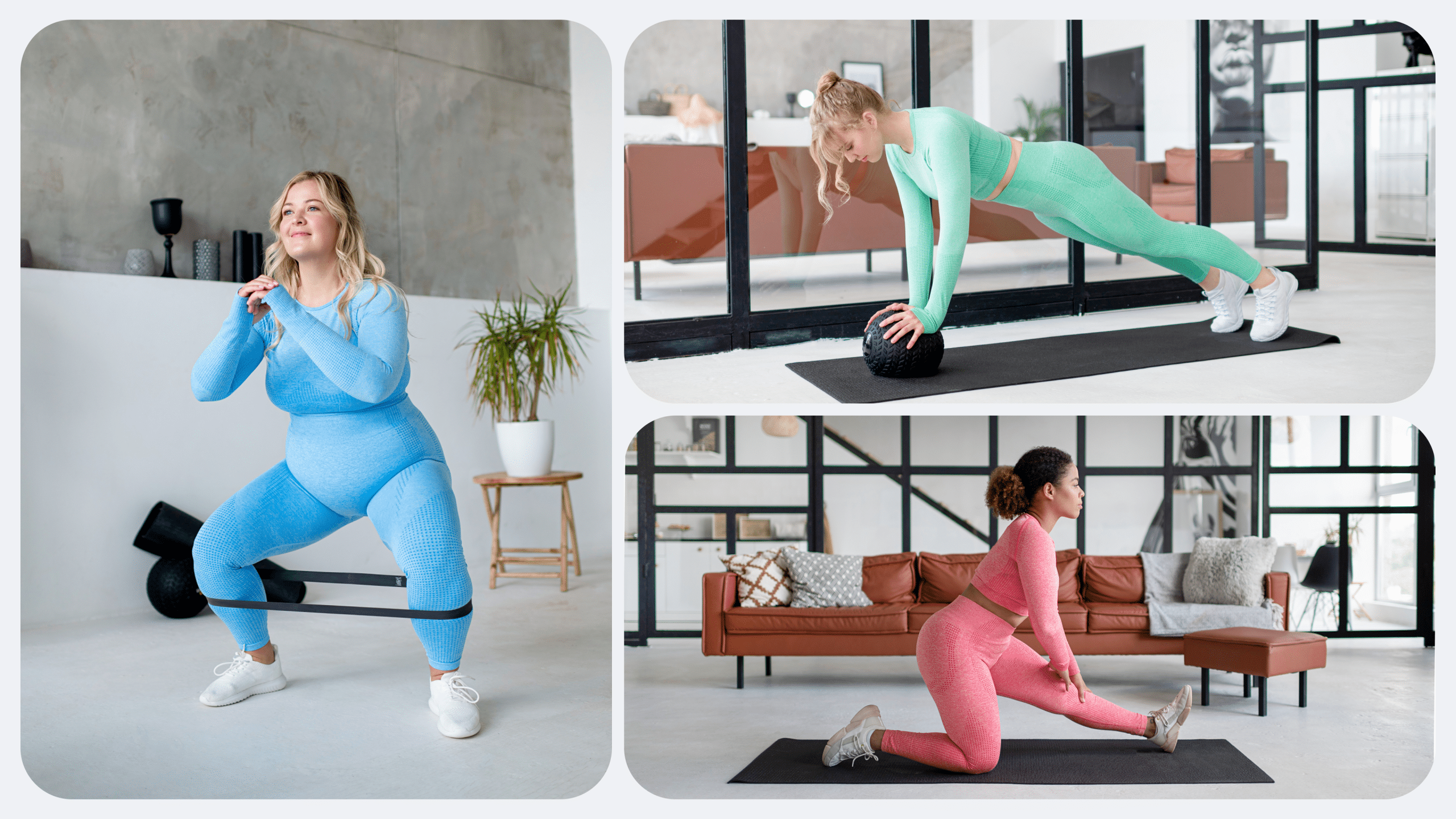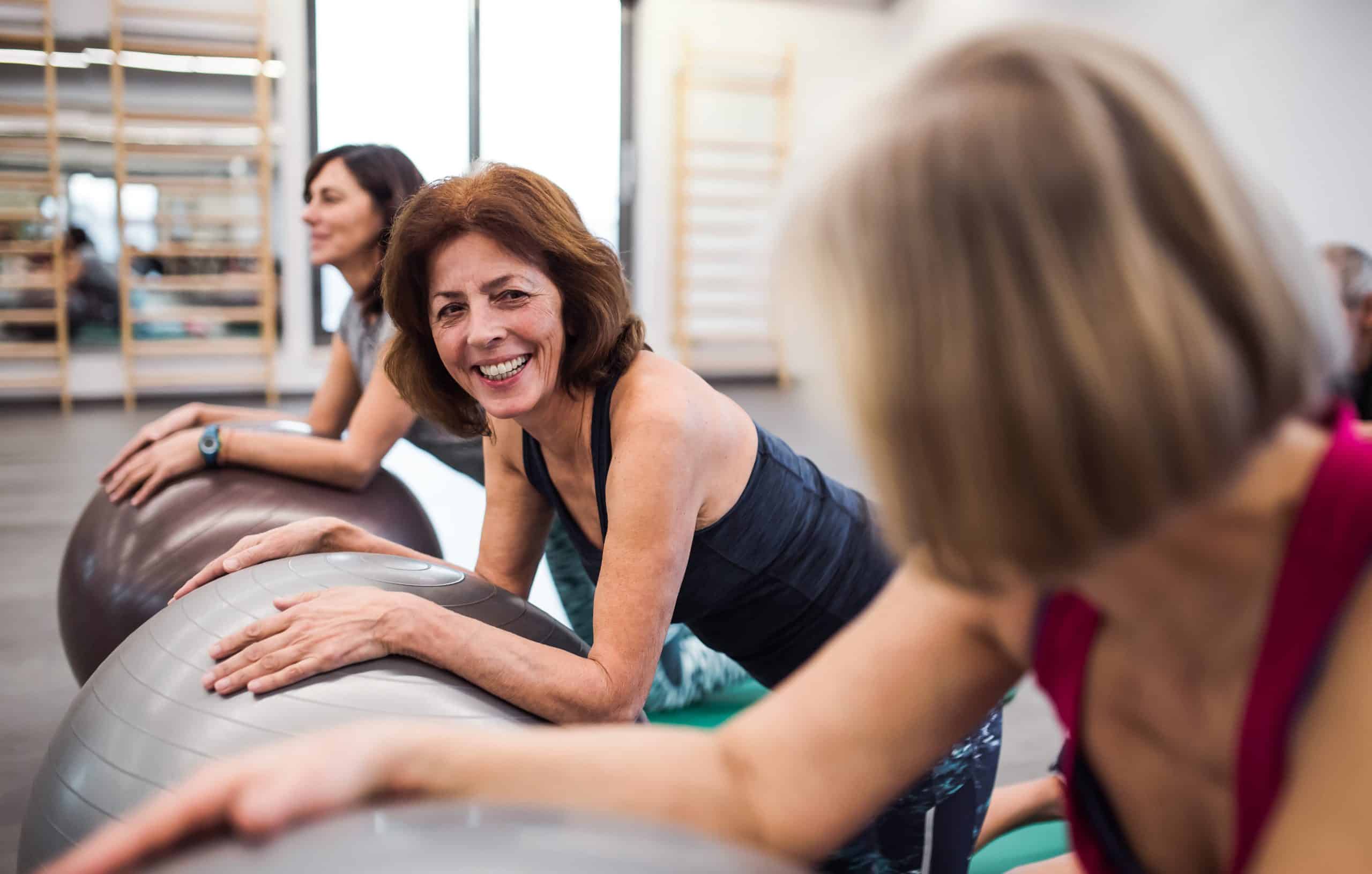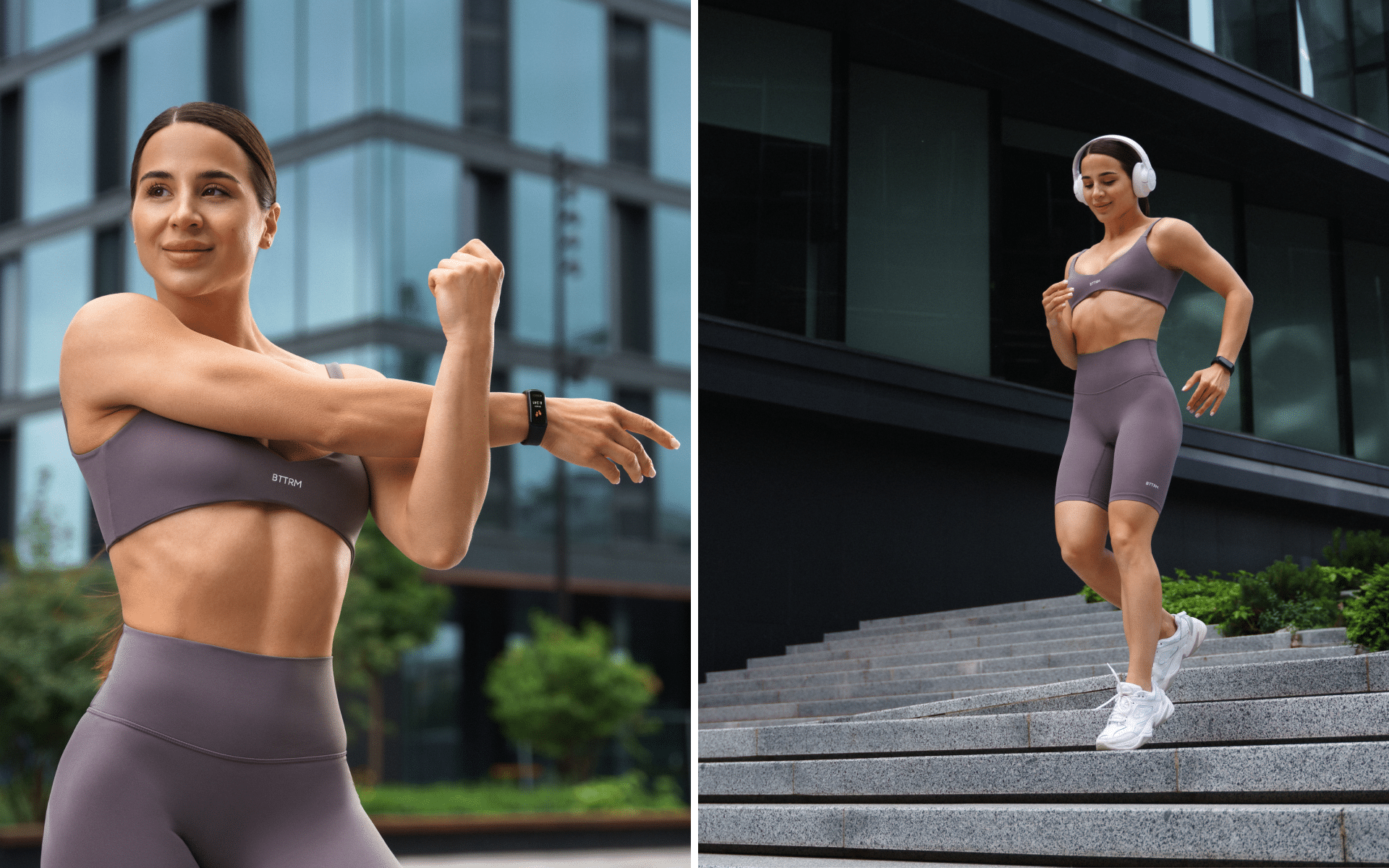What is static flexibility and how can it positively impact your life? When it comes to working out for weight loss, or just keeping fit in general, flexibility is one of the most important but at the same time highly ignored things.
Get your personalized
meal plan!
If you are among those people who have completely ignored – or slacked off on flexibility, do not fret. In today’s article we will be explaining ‘what is static flexibility training’, how incorporating this type of stretching can improve your life as well as listing some static flexibility exercises that you can add to your workout routine today.
What Is Static Flexibility?
Also known as static stretching, involves placing the joint or joints in a position so that the muscles and connective tissues are stretched while held in a static position with the tissues at their greatest length (5). In easier layman’s language, static flexibility refers to the range of movement that can be achieved without any movement.
This is a type of stretching that requires you to stretch your muscles as far as they can go without pain or movement. Please note that the term ‘without movement’ refers to an individual getting into a stretching position and then holding that position for a specified amount of time.
What Is The Difference Between Static Flexibility And Static Active Flexibility? Are They The Same?
While these two types of stretches might seem like the same thing, they are in-fact not alike. They have very small but significant differences that set them apart. According to an online article on the Massachusetts Institute of Technology website, these differences are as follows (7)
- Static flexibility as described above, involves stretching a muscle (or group of muscles) to the farthest point and then maintaining or holding that position.
- On the other hand, static active flexibility, also known as active stretching/flexibility involves holding a stretch position with your other muscles. I.e., it means contracting one muscle (aka the agonist muscle) in order to stretch/flex the opposing muscle (aka the antagonist muscle). This is done without the help of external forces such as a stretch partner, props, straps or bands.
An example of static active flexibility would be an active chest stretch which is done as follows
- Begin by standing up straight and tall, with good posture.
- Spread out your arms wide on either side of your body. Keep your elbows as straight as you can and turn your palms forward or toward the ceiling to increase the stretch.
- To further increase the stretch, open your arms wider so that they are pushed behind you towards your back.
- Hold this position for about 15 seconds. Remember to keep breathing and do not arch your back
In this case the antagonist muscles -those being stretched – are those in the chest and the biceps, while the agonist muscles – those that contract and help keep the stretch in place – are the deltoids, rhomboids, mid traps, and other back and shoulder muscles.
Read More: Mobility Vs. Flexibility: What’s The Difference And Why Does It Matter?
Is Flexibility Static Stretching The Same As Passive Stretching?
While most people use static stretching and passive stretching interchangeably, the Massachusetts Institute of Technology insists that they are not the same and one should not be confused for the other (7).
As previously stated static flexibility involves an individual holding a given stretch by themselves. Passive stretching, on the other hand involves external help – that is, passive flexibility involves an individual being stretched instead of stretching themselves.
Basically, passive stretching includes partner stretches, stretching accessories and/or just using gravity to assist with your stretch. The individual is relaxed and makes no contribution towards their range of motion outside of what is created/provided by the external force.
How Does Static Stretching Improve Flexibility?
When it comes to the general benefits of stretching, improved flexibility is often number one on such lists. Experts will quickly tell you that stretching often will improve your flexibility which in turn improves your quality of life by helping you perform everyday activities with relative ease and can help delay the reduced mobility that can come with aging.
But how exactly does stretching, including static flexibility, do this? This is where most experts get stumped because the science behind it is still quite unknown. That being said, several studies through the years have come up with theories in an effort to answer this question. These theories include:
Viscoelastic Deformation
Researchers thought that stretching improved flexibility because the act made your muscles longer temporarily and these muscles would ‘shrink’ and go back to normal after a while (8).
Plastic Deformation
In simple terms, supporters of this theory believed that flexibility was achieved when you stretched so much that your muscles became ‘extra’ stretched and would never go back to their original ‘tightness’ (2).
BetterMe is your fast-track ticket to a long-lasting weight loss! Tailor your fitness journey and maximize your results with just a couple of swipes!
Neuromuscular Relaxation
Researchers believed that the change in flexibility occurred in the brain and not the muscle. Basically, the more you stretched, the more you believed that you were flexible, the more the brain believed the same and sent signals to the nerves receptors in your muscles. Eventually this belief would be so ingrained in the nerve receptors in muscle and ultimately change how they function reflexively (2).
These theories have now been debunked and now only one theory remains. Today, scientists now believe that flexibility through stretching is achieved through sensation (2). The sensory theory states that what you feel while stretching changes overtime and you are able to stretch further over time. Several studies have shown that your tolerance to the stretch is what increases flexibility – not any of the above mentioned theories (4, 1, 3, 6).
What Is Better For Flexibility Static Or Dynamic Stretching?
Before determining which of these stretches is better, we must first understand the difference between static and dynamic flexibility.
If you are wondering ‘what is the difference between static and dynamic flexibility?’ the Cleveland Clinic states that the main difference between these two is quite simple – dynamic stretching is based on movement while static flexibility has no movement.
This is further explained by stating that while doing dynamic stretches, you actively move your joints and muscles in ways that mimic a sport movement that you are about to do while again, a static stretch has no movement.
Other differences between these two types of flexibility exercises include
- Static stretches are often held for 15 seconds to a minute while dynamic stretches are done in gentle and controlled motions for 8 to 12 repetitions.
- Dynamic flexibility is used during the warm-up portion of a workout routine while static flexibility is often used as part of the cool down after a workout. The main reason for this is because unlike dynamic stretching, static flexibility does not warm-up the muscles and could make you more susceptible to injury if used as a warm-up.
So, what is better for flexibility static or dynamic stretching? We say that both types of flexibility movements are important in equal measure. Stretching in general is good for you because it improves your joint range of motion, improves your athletic performance, and decreases your risk of injury when working out and even while going about your daily activities.
However, one important thing that we would like to stress is that if you are working out, be sure to do your dynamic stretches before your workout and work on your static flexibility during your cool down.
Read More: Shoulder Flexibility: Why It Matters And How To Improve It
How To Stretch Improve Flexibility Static Stretches
Here are some examples of static flexibility exercises to do everyday:
-
Overhead Triceps Stretch
- Begin by standing tall with your shoulders relaxed and your feet hip-width apart.
- Lift your right arm up to the ceiling, then bend your elbow bringing the right palm down toward the center of your back
- Lift your left hand, bring it to the right elbow and use it to gently pull your right elbow downwards
- Hold this position for 20–30 seconds before switching arms and doing the same to the left arm
- Do this three times on each arm
-
Neck Stretch
- Lift your right arm over your head and place it on the left side or your head on or near your temple
- Lift your left arm and hold it straight out your shoulder to the left side
- With your right hand slowly pull your head towards your right shoulder until you can feel the stretch on the left side of your neck. Do not pull too hard to the point of pain
- Hold for about 30 seconds before releasing, and repeat for the opposite side
-
Cobra Stretch
- Lie on your stomach with your hands directly under your shoulders as if you are about to do a push-up
- Take a deep breath and slowly push your shoulders and chest away from the floor until you feel a stretch in your abs
- Hold this stretch for 15 to 45 seconds before slowly dropping back down to the floor
- Repeat this two more times
The Bottom Line
Static flexibility is just as important to athletes as it is for normal everyday people who would like to improve the quality of their lives. It is a simple and relatively risk free way to improve your posture, balance, agility, relieve stress and stiffness, and even improve circulation. Please note that if a type of stretch seems a little complicated, do not attempt it without the help of a professional and if anything hurts as you are stretching, stop immediately.
DISCLAIMER:
This article is intended for general informational purposes only and does not address individual circumstances. It is not a substitute for professional advice or help and should not be relied on to make decisions of any kind. A licensed physician should be consulted for diagnosis and treatment of any medical conditions. Any action you take upon the information presented in this article is strictly at your own risk and responsibility!
SOURCES:
- Eccentric Training and Static Stretching Improve Hamstring Flexibility of High School Males (2004, ncbi.nlm.nih.gov)
- Increasing Muscle Extensibility: A Matter of Increasing Length or Modifying Sensation? (2010, academic.oup.com)
- Mechanical and physical responses to stretching with and without preisometric contraction in human skeletal muscle (1996, pubmed.ncbi.nlm.nih.gov)
- Sport stretching: effect on passive muscle stiffness of short hamstrings (1996, pubmed.ncbi.nlm.nih.gov)
- Static Stretching (n.d., sciencedirect.com)
- Stretching exercises: effect on passive extensibility and stiffness in short hamstrings of healthy subjects (1994, pubmed.ncbi.nlm.nih.gov)
- Types of Stretching (n.d., web.mit.edu)
- Viscoelastic response to repeated static stretching in the human hamstring muscle (1995, pubmed.ncbi.nlm.nih.gov)
